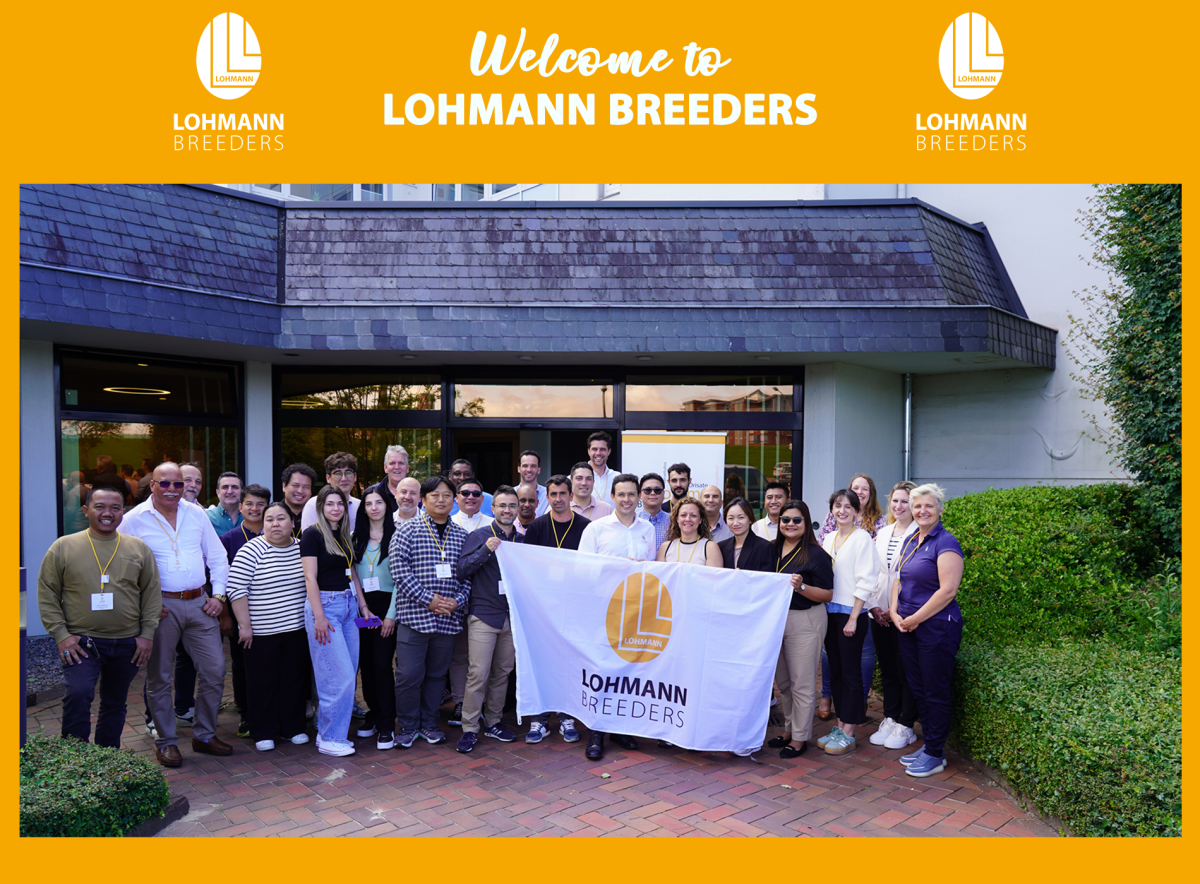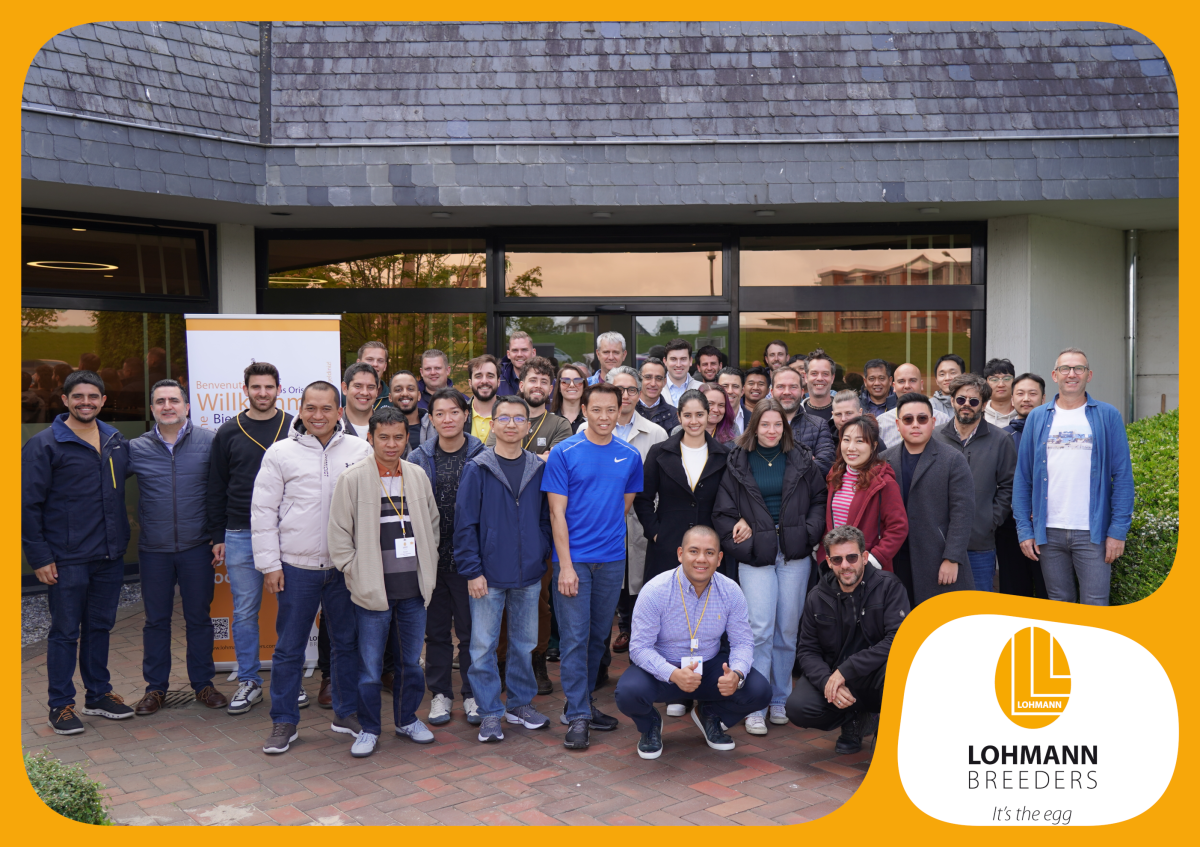In other countries, for example the USA, floor, free-range or organic management is becoming increasingly popular and is getting importance.
In accordance with the motto “The right hen for every management”, LOHMANN has already considered the additional requirements of alternative systems in its breeding programme for quite some time.
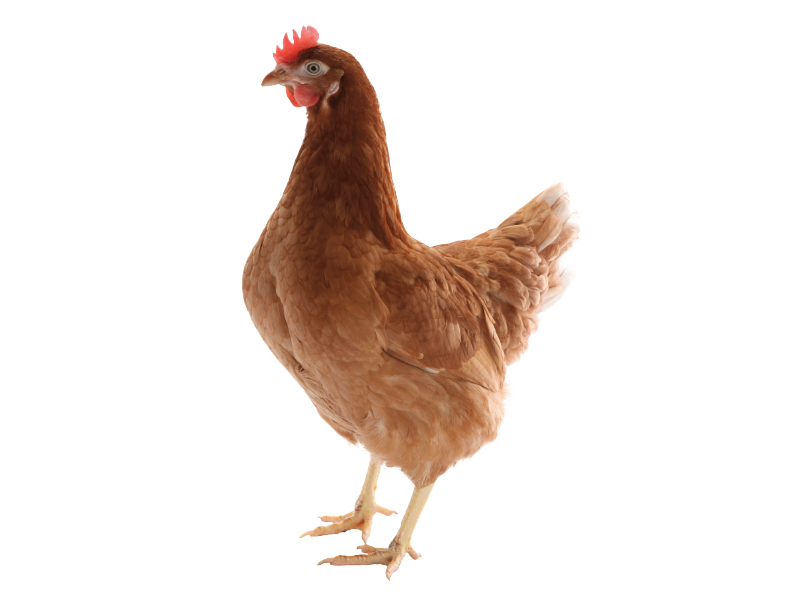
Individual information about performance, laying and nesting behaviour
One example is the funnel nest box which has been used for more than 15 years. The transponder based single nest system allows us to test pure line full siblings in an alternative housing system.
The individual information gained from each single hen in relation to performance, laying and nesting behaviour can then be considered in the selection decision.
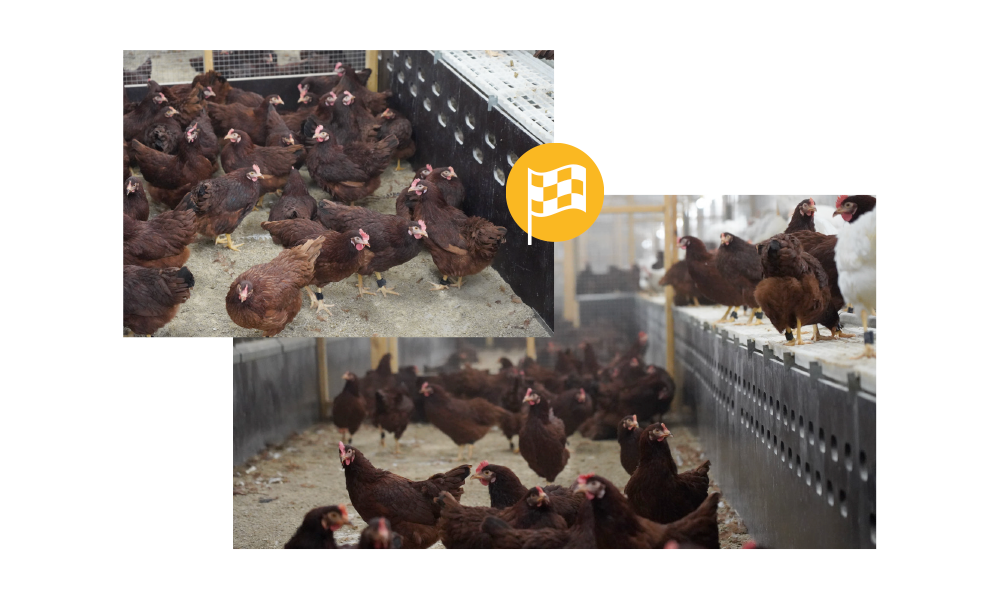
Expansion to increase test capacity in floor housing
Recently, an expansion of this system has taken place in Germany to increase the test capacity in floor housing.
Contrary to the conventional design of a housing system with easily accessible nests, we have deliberately chosen a more challenging design.
The slat area, with drinkers, feed and perches, is located on the opposite side of the nest.
The hens must therefore first cross the scratching area to reach the nest.
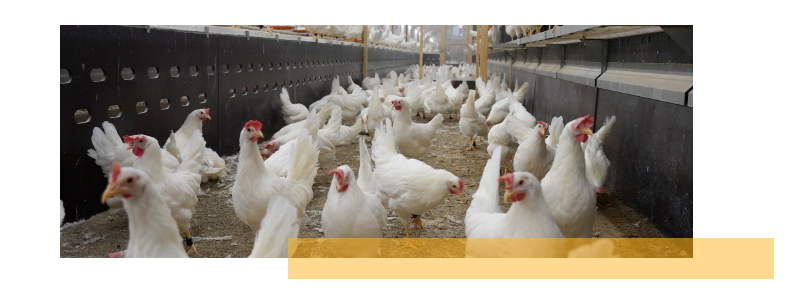
Function of the nest
The nest itself can only be visited by a single hen. This is necessary to obtain a reliable allocation of the eggs for measuring the egg quality.
Once the hen has entered the nest through the trap device, her body weight triggers a tilting mechanism in the nest floor, which locks the trap device and prevents another hen from entering.
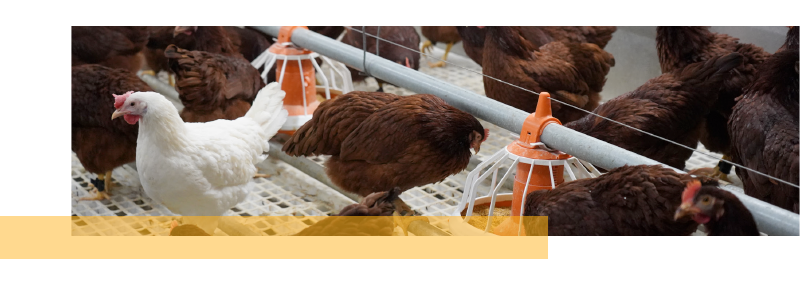
Individual animal identification
The identification of the hen in the nest is done via a transponder attached to the stand. An antenna integrated in the bottom of the nest detects the transponder when the hen enters the nest.
This individual animal identification is recorded together with the exact time of entry and the duration of stay.
The egg passes a sensor and stops in the egg row according to the order in which it was laid.

Animal-specific egg quality data
To check the system, the total number of eggs per nest is recorded daily and compared with the data of the nest.
In addition, there are control hens in each group. These control birds lay eggs of a different shell colour than the hens in the respective group.
The exact traceability of the egg to the hen, in combination with egg identification, enables the recording of animal-specific egg quality data such as egg weight, breaking strength or shell colour.
The egg is assigned by the animal identification of the transponder and the sequence in which the egg was laid in the egg row.
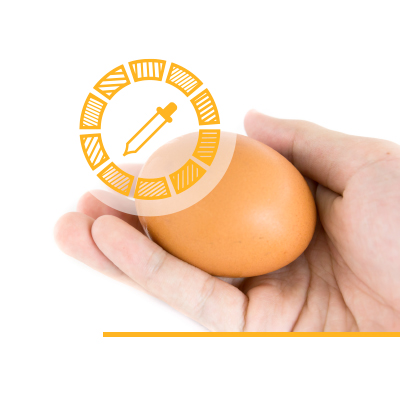
Improvements in alternative systems
The breeding of laying hens always requires an individual or family-related performance test. The modern technology of the funnel nest box enables us to record characteristics of laying performance and nest behaviour in an alternative system that can be used for breeding purposes.
As this ensures that data is available for each family under both environmental conditions, high performance and good behaviour (nesting behaviour) can be improved in alternative systems at the same time.
In addition, other behavioural traits such as the length of stay in the nest and feathering quality can be recorded and improved.
The funnel nest box contributes significantly to the further continuous improvement of our laying hens, especially in aspects of alternative housing systems.




